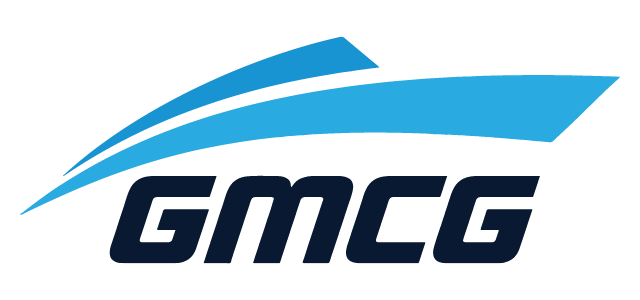Safety Management
Quality Levels
Levels of quality management escalate as follows:
Level #1 Inspection
At this level inspections are taking place in order to ensure compliance to requirements. This level of quality management includes audits that aim to detect errors and faults in the management system. Despite the efforts been made to correct errors, there is no further investigation searching the root cause of these errors. This practice results in a continuous reappearance of the same errors and not any improvement is observed in company’s performance.
Level #2 Quality Control
At this level the correction of errors is followed by an additional investigation to find out the root causes of occurred incidents. This tactic prevents reoccurrence of the same errors but still this mechanism is activated only after system failures, as there are not any preventive actions or risk assessments to protect the system from unfavourable incidents.
Level #3 Quality Assurance
A company is at the quality level three or the quality assurance level when quality management has been adopted and demonstrated in written standards. Requirements are integrated in company’s SMS and its compatibility is displayed in documents.
Quality standards adopted by companies are established by the IMO, ISO (ISO 9000 for management quality) or can be found in the ISM Code requirements. Actions of the previous two levels are still occurred but there are also conducted internal audits by the company and by third parties, in order to ensure compliance with requirements. The rate of occurred errors can be reduced as these written procedures try to indicate the acceptable behaviours and actions to be followed by the staff.
Level #4 Total Quality
Total Quality Management (TQM) is standing on the other side of the previous levels as auditing is not the main tool. At this level, company’s efforts to meet quality requirements are mainly about learning how to improve performance and provide high quality services not only by searching for errors to be corrected but especially by creating opportunities for improvement.
Shipping Companies QMS
It is interesting to be noted, how quality management is approached by shipping companies. Firstly the ISM code itself has incorporated many of equality issues mostly concerning improvement and conformity. The adoption of a Quality Management System should be a strategic decision of any Company. This system is an integrated SMS and Quality system mixing both requirements (ISM & Quality). The Quality Management System helps the Company to improve its performance in general and to form an integral component of sustainable development initiatives. The design and implementation of a Company’s quality management system is influenced by the context of the Company and the changes in that context. It aims to:
- Understand customers requirements and ensure that is capable to meet these requirements.
- Maintain accordingly in order employees to receive the appropriate training regarding quality requirements.
- Keep records that the system complies with the quality requirements.
- Measure performance, analyse results and proceed the proper changes (if needed).
- Continually improve the performance and efficiency of Quality Management System.
Despite the challenges, implementing a quality management system can benefit any organization and help its overall performance. What is more, meeting the quality requirements can improve the quality level of the industry as a whole providing better services, satisfying the requirements of all stakeholders and respecting other important factors such as environment, health, safety and social responsibility.


